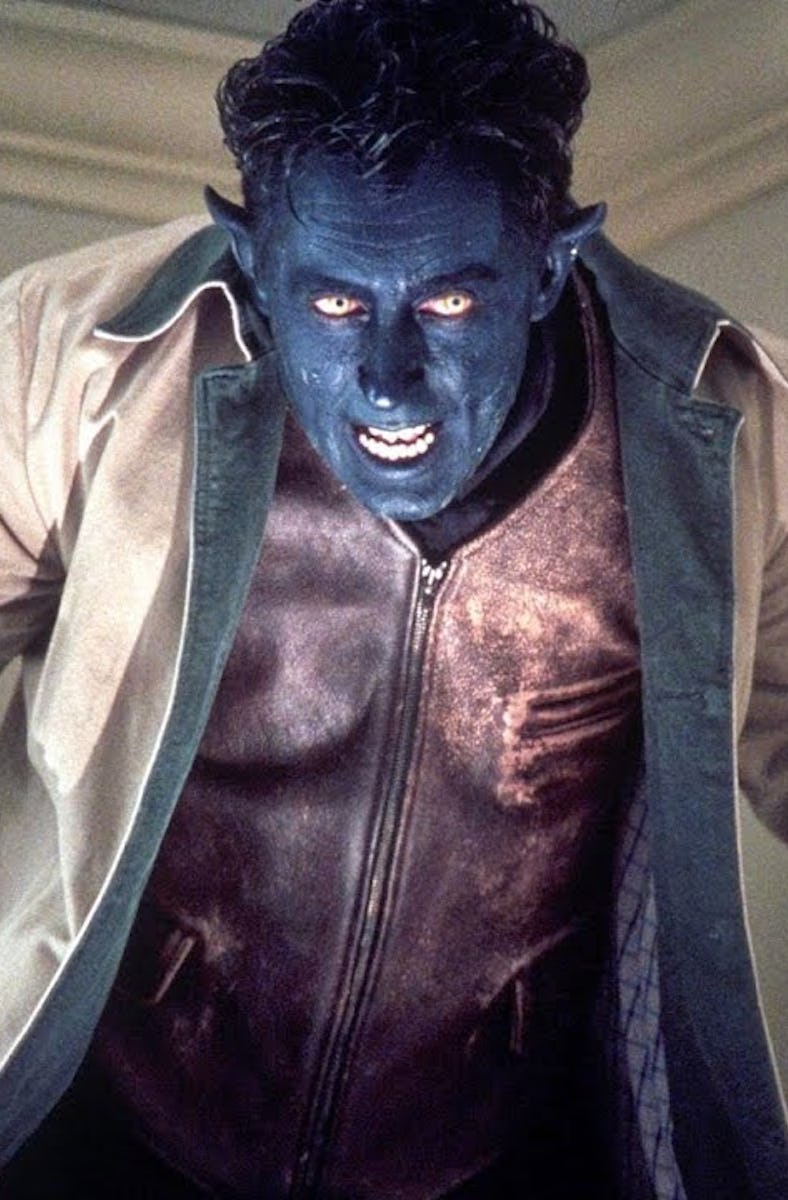20 Years Ago, the Best X-Men Movie Ever Made Was Also a Total Mess
“You know all those dangerous Mutants you hear about on the news? I’m the worst one."

The early 2000s are a fascinating chapter in the history of superhero movies. After Marvel’s going-out-of-business sale led to a gold rush of comic book adaptations, characters like Spider-Man and the X-Men stormed movie theaters. There was no grand vision, just studios trying to make as much money as possible. But in that chaos, we managed to get one of the greatest superhero sequels of all time.
X2: X-Men United hit theaters on May 3, 2003. Despite plenty of behind-the-scenes chaos (and the unfortunate presence of Bryan Singer), what emerged was a genre classic. Two decades later, it’s still one of the best entries in the X-Men franchise — and one of the best superhero movies in general. Here’s why. And what X2 had to overcome to get there.
X2 starts off with a bang. An average day at the White House is disrupted when Nightcrawler (Alan Cumming) uses his teleportation powers to break into the Oval Office in an apparent attempt to assassinate the president. He’s thwarted and flees, but in the aftermath, the president approves a military raid on the Charles Xavier Academy, which is under suspicion for harboring mutants.
That raid is carried out by William Stryker (Brian Cox before he was famous for telling his children to f*ck off), who manages to kidnap several X-Men including Professor X and Cyclops. Meanwhile, Mystique frees Magneto from his metal-free prison and the duo rendevous with the remaining X-Men to save their friends — and all of Mutant-kind.
From here, X2’s story unfurls rapidly and efficiently. Stryker proves himself to be a terrifying foe, willing to do whatever it takes to erase Mutants from existence. Flashbacks to his experiments on a younger Wolverine also reveal the depths of his depravity. The action is excellent, the twists will catch you off-guard, and the finale sets up an exciting Dark Phoenix story that 20th Century Fox famously failed to deliver on (twice).
Brian Cox in X2.
But despite its status as arguably the best X-Men movie ever made, the story of what could have been is even more interesting. After the first X-Men movie became an overnight success, Fox quickly greenlit a sequel. The team behind the franchise considered several iconic comic book plotlines (including the Legacy Virus) before landing on a story inspired by the graphic novel God Loves, Man Kills (written by X-Men icon Chris Claremont).
A 2003 feature in Empire magazine revealed how X2 chose to take that premise and structure it like another classic sci-fi sequel: The Empire Strikes Back. Like in Star Wars: Episode V, X-Men United ironically divides the team up as they set out on separate-but-interconnected missions. the characters are “all split apart, and then dissected, and revelations occur that are significant... the romance comes to fruition and a lot of things happen,” Empire reveals.
Behind the scenes, X2 went through plenty of changes. Early drafts of the movie included the Sentinels and the Danger Room, both of which got cut when the budget shrank. Rewrites also reduced Colossus from a significant role to a cameo, cut back on Cyclops’ arc (he’s brainwashed for most of the movie), and added in more Storm to capitalize on Halle Berry’s recent Oscar win with Monster’s Ball.
The X-Men go on a field trip...
Despite all these changes, X2 still works. It’s hard to say why, though an easy answer is to point at the stroke of genius in casting Brian Cox. But when you look at the history of the X-Men franchise and superhero movies in general, X2 starts to feel like the last gasp of that early, chaotic era. Sure, it’s a sequel designed to set up even more movies, but X-Men United still manages to put its own story and characters above any thoughts of a franchise. And that’s why it holds up when so many cleaner Marvel movies fall flat.
This article was originally published on